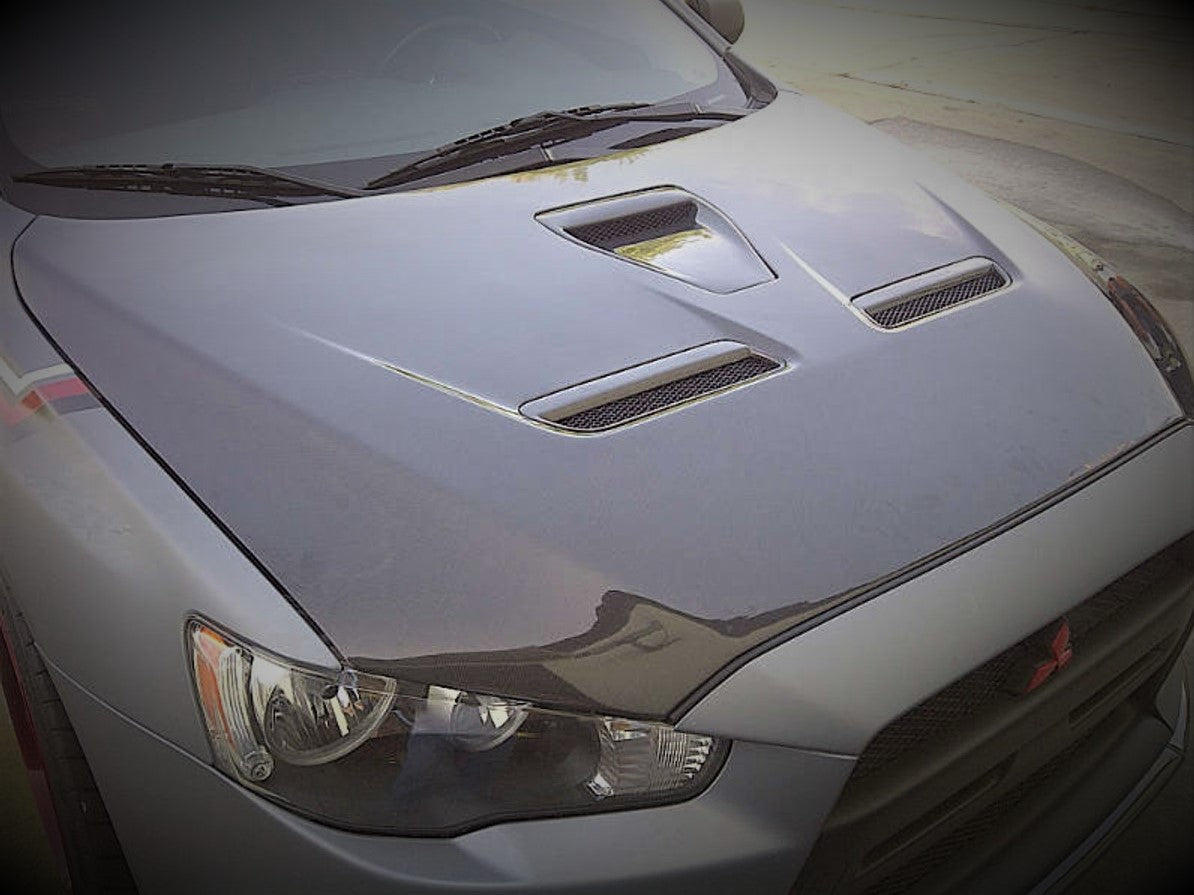
Carbon Fiber Moves into the Mainstream
Once found only in multi-million dollar supercars, carbon fiber is now showing up in sports cars and high-end consumer vehicles as costs have lowered. The automotive industry is increasingly adopting this strong, lightweight material to improve fuel efficiency across model lines.
Formula 1 and supercar makers like Ferrari and McLaren pioneered the use of carbon fiber composites in racing and exotic road cars where cost was no object. Advancements in manufacturing methods have brought prices down, allowing carbon fiber to migrate into the mainstream.
The latest generation of the Corvette Stingray utilizes a carbon fiber hood and removable targa top panel to save weight and lower the center of gravity for better handling. Ford uses carbon fiber in the Shelby GT350R Mustang for the same benefits.
Several automakers offer carbon fiber wheels as a factory option - reducing unsprung weight improves ride and handling. Brands like BMW and Lamborghini also provide carbon fiber roof panels to lower weight and increase rigidity.
Major structural components are appearing in passenger cars as well. The hood on the Mitsubishi Lancer Evolution X is carbon fiber, as are roof panels on the BMW i3 and i8. The trunk lid on the Jaguar F-Type is also carbon fiber.
Aftermarket companies offer carbon fiber body panels, spoilers, splitters and other trim pieces for popular sports cars. While not cheap, these let owners reduce weight for track days.
As manufacturing costs decrease, expect carbon fiber to displace steel and aluminum for certain components across more mainstream models. Lighter weight directly translates into better fuel efficiency and performance - something all automakers are chasing as emissions standards tighten. The revolution carbon fiber started in supercars is spreading to the streets.
Formula 1 and supercar makers like Ferrari and McLaren pioneered the use of carbon fiber composites in racing and exotic road cars where cost was no object. Advancements in manufacturing methods have brought prices down, allowing carbon fiber to migrate into the mainstream.
The latest generation of the Corvette Stingray utilizes a carbon fiber hood and removable targa top panel to save weight and lower the center of gravity for better handling. Ford uses carbon fiber in the Shelby GT350R Mustang for the same benefits.
Several automakers offer carbon fiber wheels as a factory option - reducing unsprung weight improves ride and handling. Brands like BMW and Lamborghini also provide carbon fiber roof panels to lower weight and increase rigidity.
Major structural components are appearing in passenger cars as well. The hood on the Mitsubishi Lancer Evolution X is carbon fiber, as are roof panels on the BMW i3 and i8. The trunk lid on the Jaguar F-Type is also carbon fiber.
Aftermarket companies offer carbon fiber body panels, spoilers, splitters and other trim pieces for popular sports cars. While not cheap, these let owners reduce weight for track days.
As manufacturing costs decrease, expect carbon fiber to displace steel and aluminum for certain components across more mainstream models. Lighter weight directly translates into better fuel efficiency and performance - something all automakers are chasing as emissions standards tighten. The revolution carbon fiber started in supercars is spreading to the streets.



